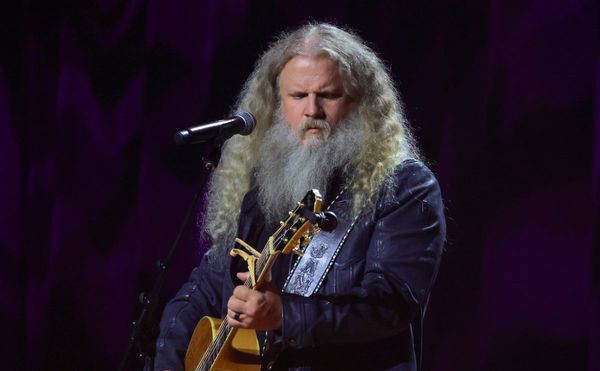
Australian scientists are using DNA technology typically used in human medicine to discover what’s living in the ocean and where – five litres at a time.
It’s a humble start but the technology has the potential to radically reshape marine conservation efforts around the globe.
The $40 million initiative is a partnership between mining billionaire Andrew Forrest’s philanthropic Minderoo Foundation and Illumina, the biggest genome sequencing company in the world.
Together they have shown that sophisticated high-throughput sequencing gear usually found in stable, temperature-controlled laboratories can be successfully deployed on a rocking, rolling research vessel.
The proof-of-concept trial has dramatically slashed the time it takes to identify the DNA marine creatures shed into the water as they move around.
Environmental DNA – or eDNA for short – is hugely valuable because it can tell researchers which species have recently been at a particular location, and potentially in what volume.
Dr Steve Burnell leads Minderoo’s OceanOmics research project.
He says a lab installed aboard the Pangaea Ocean Explorer successfully analysed a succession of five-litre samples taken from various sites off the Australian coast.
The results were obtained at sea in just a day or two, something that previously took weeks or months and required water samples to be sent to specialist labs.
Dr Burnell says there’s still a mountain of work ahead to turn eDNA into a globally significant tool for science and marine conservation, but its potential is clear.
It could, for example, be used to detect invasive species in marine parks. It could also be used to track how climate change is affecting the spread of species, and keep tabs on the status of commercial fish stocks.
Dr Burnell says there’s much work to be done to get to that point. Minderoo is already working on other pieces of the puzzle, including building a library of research genomes for marine species.
“If I go out looking for eDNA in seawater to tell me there is a certain species of tuna or shark in a specific area, I first need to know the reference genomes of the various tunas and sharks to compare it to,” he says.
But so far, just one per cent of the 20,000 known species of marine fish have had their genomes sequenced. Minderoo is working to change that.
“The reference genomes are effectively providing the dictionary that enables us to use eDNA to revolutionise marine conservation. And we are investing in both.”
Illumina vice president Gretchen Weightman says the shipboard trial demonstrated for the first time that high-throughput sequencing at sea could produce valuable genetic information in a matter of hours.
“Environmental DNA has a growing range of applications for monitoring of freshwater, marine and terrestrial ecosystems. It’s important to demonstrate our core technology is robust and can operate … outside standard laboratory settings.”







